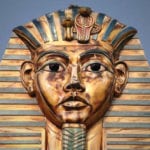 Mysteries
Mysteries  Mysteries
Mysteries  History
History 10 Surprising Stories About the Texas Rangers
 Humans
Humans 10 Philosophers Who Were Driven Mad by Their Own Theories
 Miscellaneous
Miscellaneous 10 Video-Game-Worthy Weapons and Armors from History
 Weird Stuff
Weird Stuff 10 Psychics Who Accurately Predicted Wartime Events
 The Arts
The Arts 10 Pieces of Art Inspired by a Broken Heart
 Health
Health 10 Science Fiction-Sounding New Medical Treatments
 History
History 10 Surprising Facts About the Father of Submarine Warfare
 Space
Space Ten Astonishing New Insights into Alien Worlds
 Weird Stuff
Weird Stuff 10 Bizarre Summer Solstice Rituals Still Practiced Today
 Mysteries
Mysteries Top 10 Haunting Facts About the Ghost Ship MV Alta
 History
History 10 Surprising Stories About the Texas Rangers
 Humans
Humans 10 Philosophers Who Were Driven Mad by Their Own Theories
Who's Behind Listverse?

Jamie Frater
Head Editor
Jamie founded Listverse due to an insatiable desire to share fascinating, obscure, and bizarre facts. He has been a guest speaker on numerous national radio and television stations and is a five time published author.
More About Us Miscellaneous
Miscellaneous 10 Video-Game-Worthy Weapons and Armors from History
 Weird Stuff
Weird Stuff 10 Psychics Who Accurately Predicted Wartime Events
 The Arts
The Arts 10 Pieces of Art Inspired by a Broken Heart
 Health
Health 10 Science Fiction-Sounding New Medical Treatments
 History
History 10 Surprising Facts About the Father of Submarine Warfare
 Space
Space Ten Astonishing New Insights into Alien Worlds
 Weird Stuff
Weird Stuff 10 Bizarre Summer Solstice Rituals Still Practiced Today
Top 10 Incredible Survival Stories From the Titanic
The RMS Titanic was capable of carrying up to 2,435 passengers and 900 crew members. If the lifeboats were loaded to their full capacity, it would have been enough to accommodate one-third of the people aboard the luxurious liner.
10 Creepy Premonitions About The Sinking Of The Titanic
Tragically, many seats sat empty as the lifeboats departed from the sinking vessel, which led to an unnecessary loss of life. Despite the treacherous conditions in the North Atlantic Ocean, many passengers and crew managed to survive the sinking of the world-famous ship. Read the following ten incredible survival stories from RMS Titanic.
10 Charles Joughin

Charles Joughin was 30 years old when he served as chief baker on RMS Titanic, earning a monthly wage of £12, which resulted in him being one of the best-paid crew members aboard the liner. When RMS Titanic collided with an iceberg at 11.40 pm on April 14, 1912, he was off duty in his bunk but soon ordered his bakers to send 50 loaves of bread to the lifeboats before enjoying some liquor in his room.
When he arrived at the boat deck, he was assigned to Lifeboat 10 to escort women and children from the sinking vessel. However, he refused a seat in the boat and returned to his room once again to enjoy a drop more liquor. Once he returned to the boat deck, every lifeboat had gone, and he began helping passengers and crew to throw deck chairs overboard into the freezing North Atlantic Ocean.
As the ship began to descend into the water, Charles claimed he swam away from the sinking vessel. It is widely believed the liquor helped Joughin to remain calm during the disaster and decreased feeling in his body when he struck the icy-cold water. While many people often died within a few minutes of entering the water, Joughin reportedly spent two hours floating in the darkness and then climbed onto an overturned lifeboat. He was eventually rescued by RMS Carpathia and later testified, “I was all right barring my feet, they were swelled.”
9 Charles Herbert Lightoller
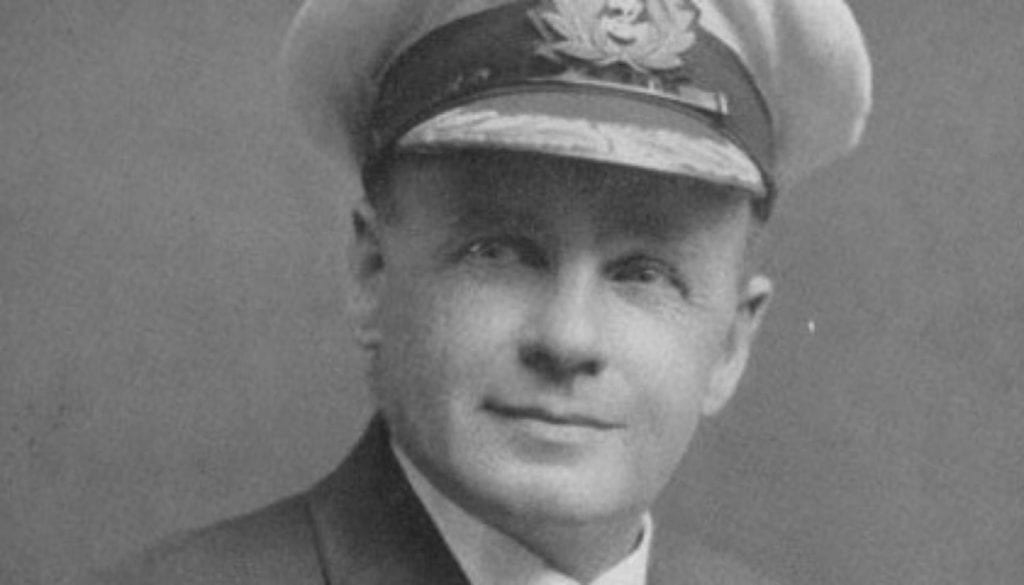
Second Officer Charles Herbert Lightoller was on duty from 6:00pm until 10:00pm on the night of the sinking. Before being relieved of his watch by First Officer Murdoch, he instructed for Sixth Officer Moody to call the crow’s nest to request the men keep a lookout for small ice and to pass word to other watches.
Falling asleep in his cabin, Lightoller was awakened at 11.40 pm by a grinding vibration and headed to the deck in his pajamas. After talking to Third Officer Herbert Pitman, who had also been disturbed by the collision, both men concluded the ship must have struck something in the water. Lightoller returned to his cabin to quickly dress and soon convinced Captain Edward J. Smith to lower the lifeboats, as he had been involved in various shipwrecks during his seafaring career. He then assisted women and children into the boats and even used an empty gun to threaten a group of men who attempted to take over Lifeboat 2.
Lightoller was also ordered by First Officer Wilde to escape the ship on Lifeboat 2, but replied “Not damn likely” and instead chose to remove Collapsible B, despite the waters starting to rise onto the deck. However, when RMS Titanic plunged forward, he dived into the sea and was forced to swim clear but was almost sucked down with the ship by the grating of the large ventilator shafts. Fortunately, the water hit the still, hot boiler, which blasted Lightoller back to the surface, and he quickly climbed onto the nearby Collapsible B, which he had previously removed from the Titanic before it went under. However, he experienced another near-miss, as a forward funnel broke free from the Titanic and narrowly missed him. As Collapsible B eventually gained many survivors, it started to slowly sink, and he ended up making his way into Lifeboat 12. When RMS Carpathia arrived to rescue survivors, Lightoller refused to enter the ship until every passenger and crew member were safe, making him the last survivor to be rescued.
8 Richard Williams Norris
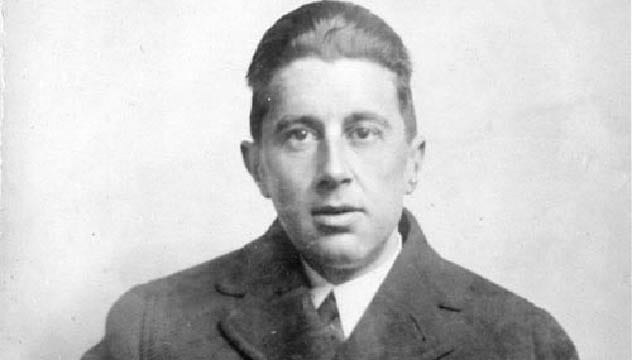
Richard Williams Norris was an accomplished tennis player from Geneva, Switzerland traveling on RMS Titanic with his father, Charles Duane Williams. Richard was planning to participate in a tennis tournament in America before studying at Harvard University. Following the liner’s collision with an iceberg, the men made no attempt to escape the foundering ship and instead retired to the gymnasium to talk to instructor McCawley and other passengers.
When the ship descended into the ocean, both Richard and his father were forced to swim for their lives. Tragically, the tennis star watched as his father and others in the water were crushed by a forward funnel that had collapsed into the water. However, the wave from the funnel pushed Richard forward and toward Collapsible A, which he held onto until he was helped into Lifeboat 14. Despite sustaining injuries to his legs, Richard became the United States singles champion in 1914 and 1916, a 1920 Wimbledon men’s double champion, and a 1924 Olympic gold medalist.
7 Harold Bride
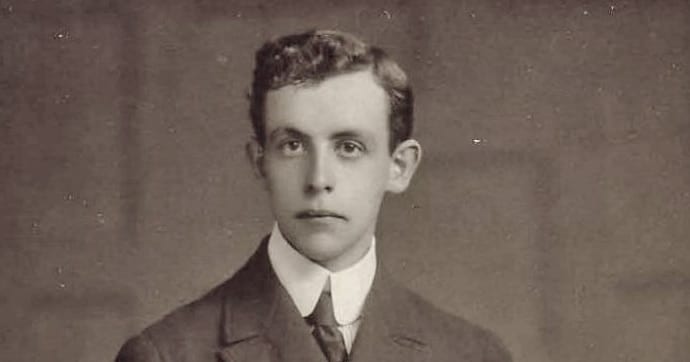
Harold Bride was a junior wireless operator on RMS Titanic, serving as assistant to Jack Phillips, the chief operator. Both men were responsible for sending and receiving Morse code messages using Marconi’s radio telegraph system. In addition to delivering iceberg warnings to Captain Edward J. Smith throughout the day, the two men undertook shifts to transmit passengers’ messages to their loved ones back home.
However, when RMS Titanic struck an iceberg, Captain Smith ordered the two men to send SOS messages for help. At the time, both Bride and Phillips were not concerned about the collision; however, they soon realized the gravity of the situation. While Phillips spent the rest of the night sending SOS messages to nearby ships, Bride would update Captain Smith on the progress of communicating with potential rescue liners.
As RMS Titanic started to sink, Captain Smith relieved them from their duty; however, the operators chose to remain at their post. When the water began to enter the wireless room, Harold Bride began helping passengers and crew to launch a collapsible lifeboat. At the same time, Phillips continued his attempt to send distress signals to nearby liners. Bride was washed off the deck but fortunately landed underneath an overturned boat, which he climbed into along with fifteen other men. As the boat was waterlogged, the men were eventually assisted into other lifeboats, where they remained until RMS Carpathia rescued them. Despite suffering from serious injuries, Harold Bride assisted with Carpathia’s wireless communications during his time on the ship and also sent many personal messages from survivors.
6 George Beauchamp
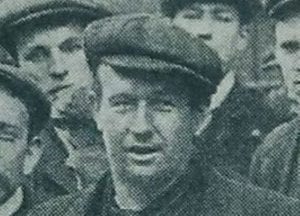
George Beauchamp was lucky enough to survive two of the worst maritime disasters in history: the sinking of RMS Lusitania and RMS Titanic. To secure a job as a fireman stoker on Titanic, George lied about his age to the White Star Line, as he claimed he was 32 when he was ten years older.
Following the collision with an iceberg, he was permitted to leave the engine room and assisted women and children into Lifeboat 13. He was then instructed to row the boat away from Titanic. However, he initially struggled to keep the lifeboat away from the sinking vessel and prevent water from seeping in. Fortunately, he pulled on the oars to travel away from RMS Titanic as quickly as possible. George was also onboard RMS Lusitania when a German U-boat torpedoed her in 1915 during WWI. Unsurprisingly, he chose to work on much smaller boats throughout the rest of his life.
5 Ella White
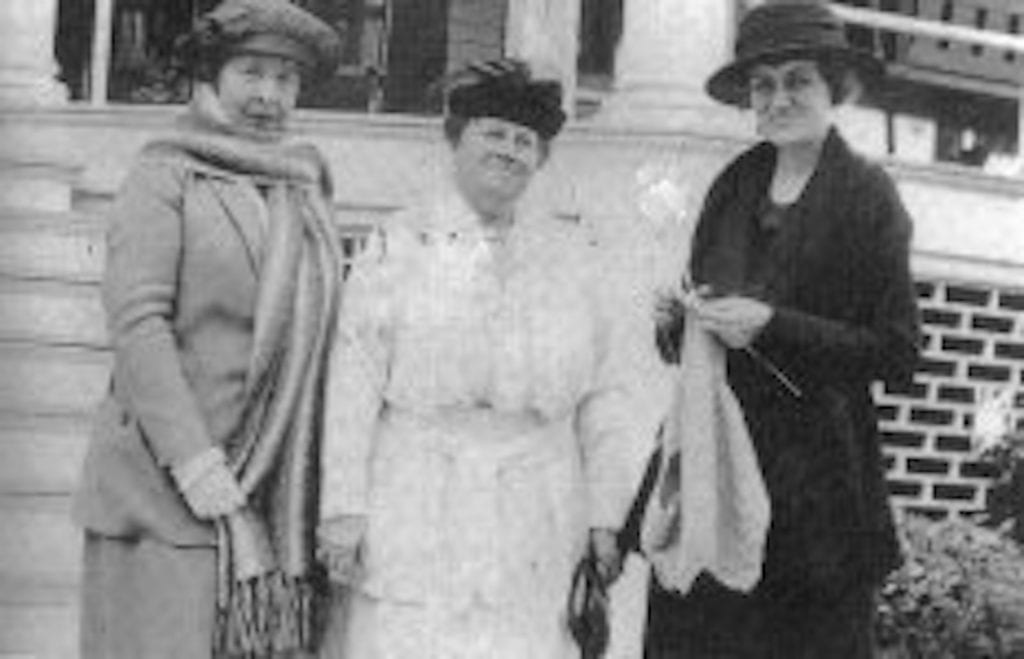
Ella White was a first-class passenger who boarded RMS Titanic at Cherbourg, France. She was accompanied by her companion, Marie Grice Young, and her maid, Amelia Bissette, and manservant, Sante Ringhini. Despite the exceptional amenities onboard the liner, such as the Olympic dining room and state-of-the-art gym, Ella remained in the cabin she shared with Marie throughout the voyage. She only left it when disturbed by the ship’s collision, which she later described as if it had traveled over a thousand marbles.
Soon after, she entered Lifeboat 8 with her maid. Despite clashing with the seamen on the ship, Ella’s battery-operated cane helped guide the lifeboat to safety, which she typically used to help her maintain her balance. She reportedly held the cane high to illuminate the pitch-black sky, and it also helped them appear as a floating lighthouse in the North Atlantic Ocean. The cane also helped safely guide the lifeboat toward RMS Titanic in search of survivors in the water. While the gadget might fail to impress many people nowadays, it was viewed as cutting-edge technology during 1912.
4 Ruth Becker
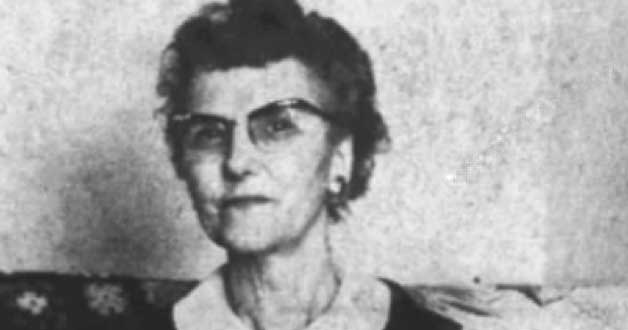
Ruth Becker was only 12 years old when she joined RMS Titanic on her maiden voyage, making her one of the youngest passengers aboard the ship. She was traveling with her mother, Nellie, her brother, Richard, who had fallen ill, and her younger sister. To increase Richard’s chances of survival, the family was advised to travel to Benton Harbor, Michigan, to seek medical treatment. However, her father, Allen Oliver Becker, remained in her hometown of Guntur, India, with plans to join them at a later date.
While the Becker family were captivated by the beauty of the ship, their journey took a turn for the worst when it struck an iceberg on April 14. Consequently, Ruth’s mother and her two youngest children entered Lifeboat 11; however, there was no seat left for Ruth; however, she soon entered Lifeboat 13. However, as the lifeboat was lowered, it was nearly crushed by Lifeboat 15, which was being lowered into the ocean at an alarming rate. Fortunately, a member of the crew cut Lifeboat 13’s ropes, which allowed it to escape Lifeboat 15 in time. Ruth was eventually rescued from the lifeboat by RMS Carpathia and, after many anxious hours, she was reunited with her mother and siblings.
3 Edward and Ethel Beane
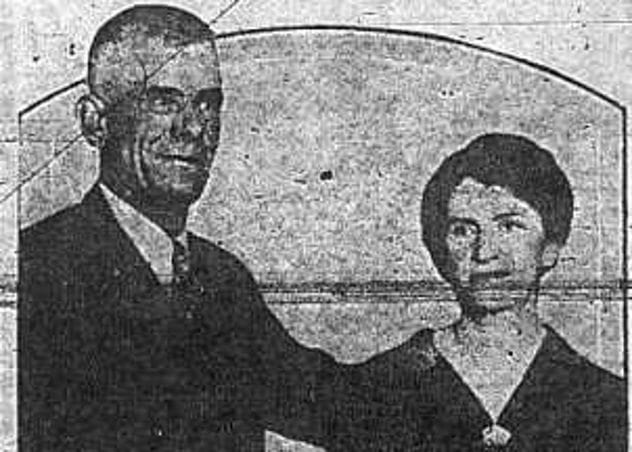
Following RMS Titanic’s collision with an iceberg, women and children were escorted into lifeboats to escape the sinking vessel. Wives were reluctantly pulled away from their husbands, while children were forced to wave goodbye to their fathers, who they never saw again. However, Edward and Ethel Beane managed to survive one of the worst maritime disasters in history.
The couple were honeymooning on RMS Titanic but were torn apart when Ethel was forced to leave her new husband on the ship and enter a lifeboat. Like many men on the liner, Edward had no choice but to jump overboard, and he swam in the icy-cold ocean until a lifeboat, fortunately, picked him up. However, many men were not so lucky and tragically succumbed to hypothermia. Despite the odds against them, Edward and Ethel were reunited on the rescue ship, RMS Carpathia.
2 The Titanic Waifs
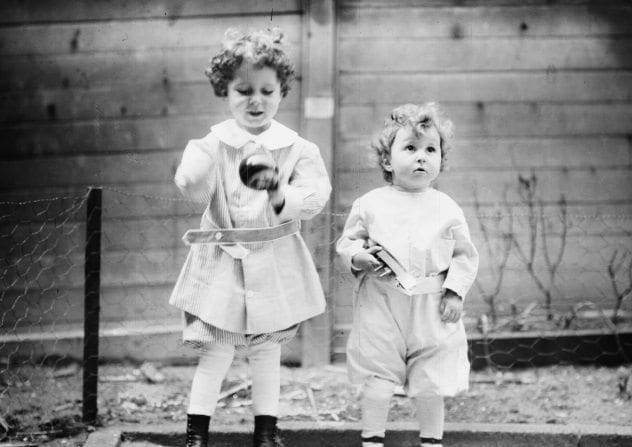
When women and children were instructed to enter a lifeboat on April 15, 1912, a father placed his two young sons into collapsible D, which was the last lifeboat lowered into the water. The curly-haired boys were then cared for by 22-year-old Mary Kelly from Castlepollard, Ireland, who comforted them with song.
When the French boys arrived in New York after being rescued by RMS Carpathia, their identities were unknown. Various newspapers then published stories about the orphans to appeal to any family they might have in France or another country, and they were referred to as “The Titanic Waifs” by the press. Soon after, Marcelle Navratil came forward as the mother of three-year-old Michel and two-year-old Edmond Roger. It turns out their father, Michel Navratil, had kidnapped his children from the south of France and boarded the vessel under the pseudonym of Louis Hoffman. While he lost his life in the sinking, the boys were transported back to France with their mother.
1 William Carter II
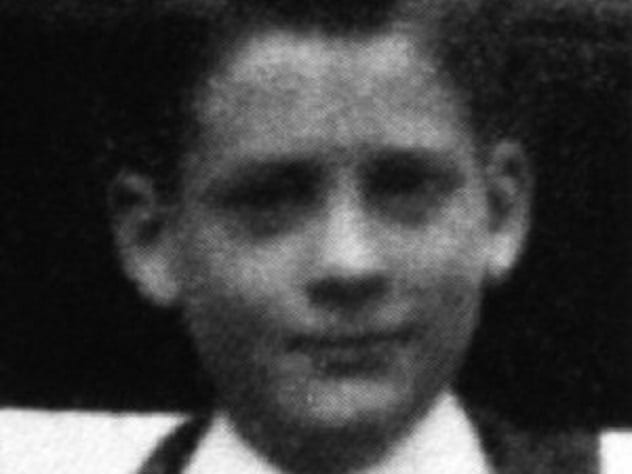
The Carter family boarded RMS Titanic as first-class passengers and were returning to Rhode Island after a trip to Europe. They were also traveling with their pet dog and their servants, Alexander Cairns and Augusta Serreplaà. When women and children were escorted into lifeboats on the night of the sinking, the Carter family waited their turn before being instructed to enter Lifeboat 4. However, eleven-year-old William Carter II was stopped from doing so by Second Officer Charles Lightoller, as he was too old to enter.
Not willing to leave her young son behind on the sinking ship, William’s mother, Lucille, reportedly removed her hat and placed it on top of William’s head to disguise him as a girl and ensure his survival. Despite weeping at the thought of leaving his dog behind, William escaped the ill-fated liner with his mother and sisters, and he lived to the grand age of 84 years old.
For more lists like this, check out 10 Eerie Facts About The Titanic, and Top 10 Misconceptions About The Titanic Debunked




